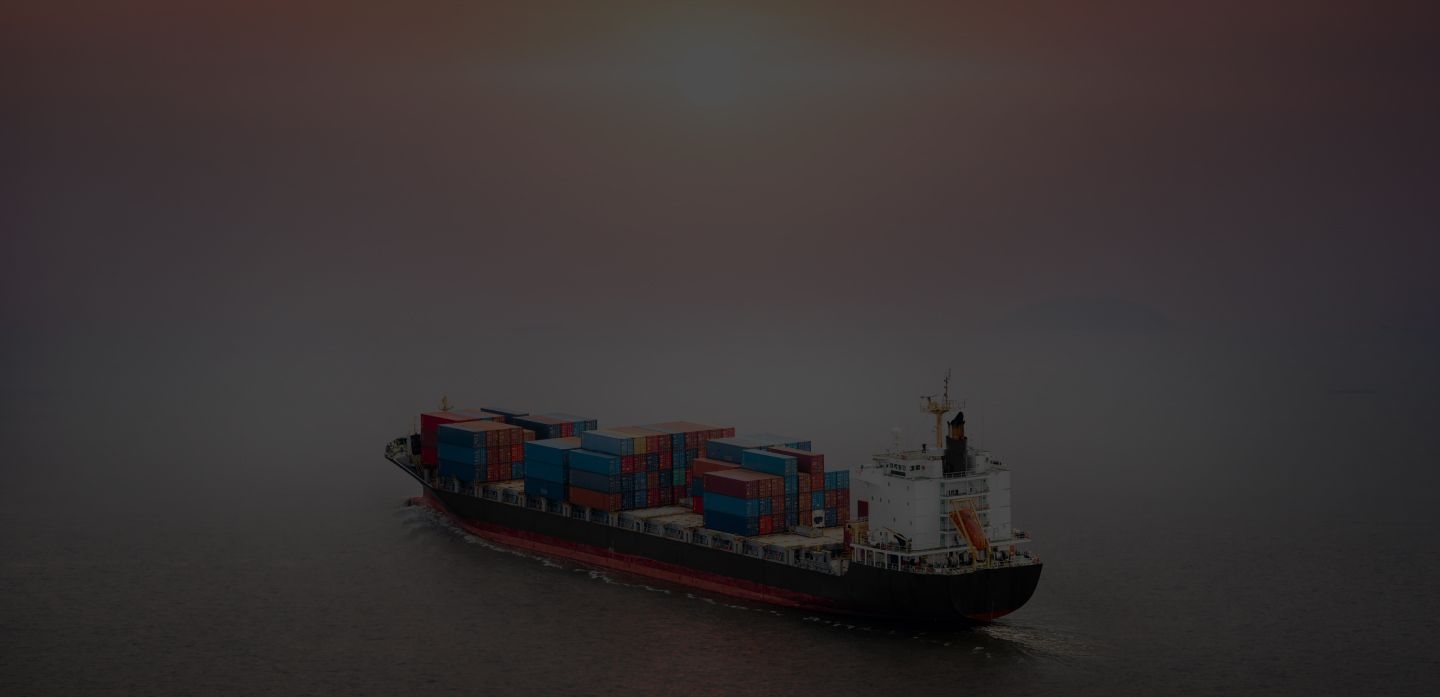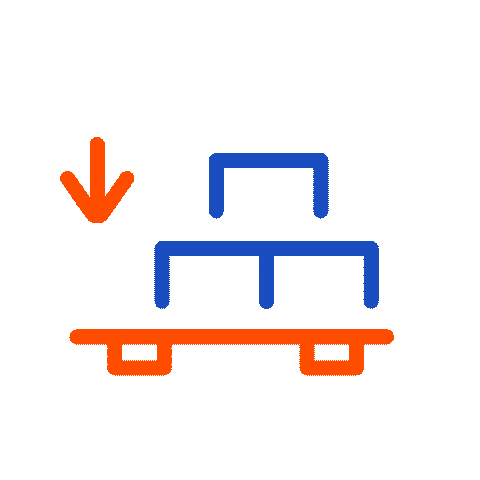
Container Shipping to Qatar — Get Instant Quotes



Why Choose iContainers for Shipping to Qatar?
- A young mega-hub that keeps beating records. Hamad Port crossed the 10-million-TEU milestone in 2024 and closed the year with a further 10 % jump in total container throughput. (zawya.com)
- The Gulf’s top air-cargo gateway. Hamad International Airport (DOH) handled ≈ 2.6 million t of freight in 2024 (+12 % YoY), giving shippers a fast 3- to 5-day door-to-door alternative. (prnewswire.com)
- Simple, predictable landed costs. Qatar levies a flat 5 % customs duty on most imports and—unlike its neighbors—still hasn’t introduced VAT (a 5 % rate is only “under consideration”). (trade.gov, chambers.com)
- End-to-end visibility. iContainers links ocean schedules, customs, and last-mile trucking in one dashboard—plus bilingual (English / Arabic) support.
Our Container Shipping Services to Qatar
Full Container Load (FCL) Shipping
Energy contractors and FMCG importers move sealed 20′, 40′, 40′HC and reefers straight into Hamad Port (QADOH)—ideal for oil-field hardware, building materials, foodstuffs and consumer electronics.
Less-than-Container Load (LCL) Shipping
SMEs ship < 15 m³ on our weekly LCL consolidations that de-van inside Hamad’s bonded depot—saving up to 50 % versus paying for unused FCL space.
Popular mode: FCL still dominates bulk industrial cargo; LCL demand is rising for Amazon-style ecommerce restocks.
Port / airport served: Hamad Port for sea, DOH for urgent air freight.
Typical cargo: Oil-&-gas spares, packaged foods, consumer electronics, project steel.
Transit-time guide:
- Shanghai → Doha ≈ 20–25 days port-to-port on main Gulf loops.
- Rotterdam → Doha ≈ 28–35 days via Red-Sea routing.
Local tip: Feeder slots via Jebel Ali tighten 4–6 weeks before Ramadan—book FCL space early.
Alternative option: Air freight trims door-to-door to 3–5 days via DOH for pharma, fashion drops and AOG parts.
Container shipping rates to Qatar
How much does it cost to ship a container to Qatar?
How Long Does It Take to Ship a Container to Qatar?
- East Asia → Doha: 20–25 days
- North Europe → Doha: 28–35 days
- U.S. East Coast → Doha: 30–35 days (via Med trans-ship)
- Air freight: 3–5 days door-to-door via DOH
Popular Routes and Ports for Shipping to Qatar
Typical routings are Shanghai / Ningbo → Jebel Ali → Doha (weekly direct feeders) and Valencia / Port Said → Doha on the west-bound Med–Gulf services. Door delivery to Doha Industrial Area, Ras Laffan and Al Wakrah usually completes within 24 h of port release.
Steps to Book Your Container Shipment with iContainers
- Quote: Enter origin, destination and cargo specs for an instant price.
- Upload docs: Commercial invoice, packing list & HS codes.
- Book & pay securely online.
- Track: Follow vessel, trans-ship and customs milestones in real time.
- Clear: Pay the standard 5 % duty (food / medicines often exempt) and release your box. (trade.gov)
- Deliver: Arrange final-mile trucking to warehouse, free-zone or project site.
What Can You Ship in a Container to Qatar?
- Oil-field equipment
- Electronics
- Building materials
- Packaged foods
- Automobiles & parts
Restricted / Prohibited:
Alcohol (100 % duty), pork products, counterfeit brands, hazardous chemicals without MoE permit.
FAQs About Shipping Containers to Qatar
No—Qatar has not introduced VAT yet; only the 5 % customs duty applies. (chambers.com)
Yes—under 15 m³ you avoid paying for empty FCL space, typically saving 40–60 %.
Not mandatory, but strongly recommended—add door-to-door cover at checkout.
Reserve space 6–8 weeks ahead of the pre-Ramadan retail surge to dodge roll-overs and rate hikes.